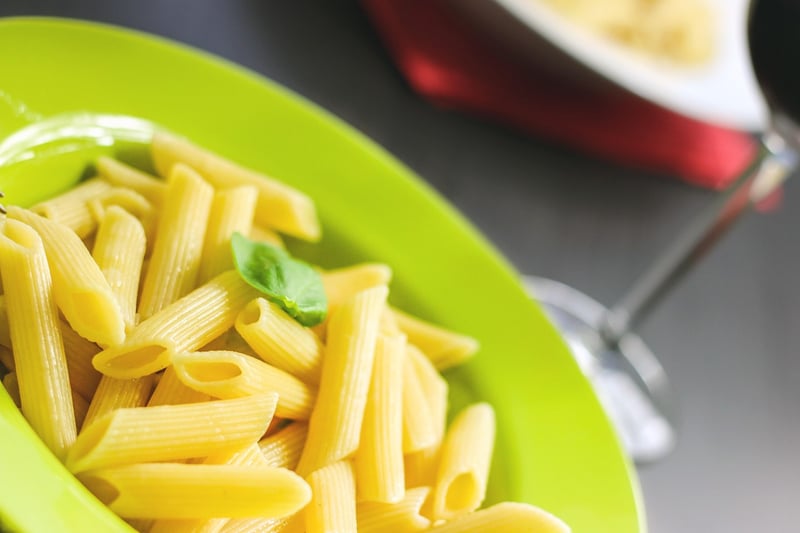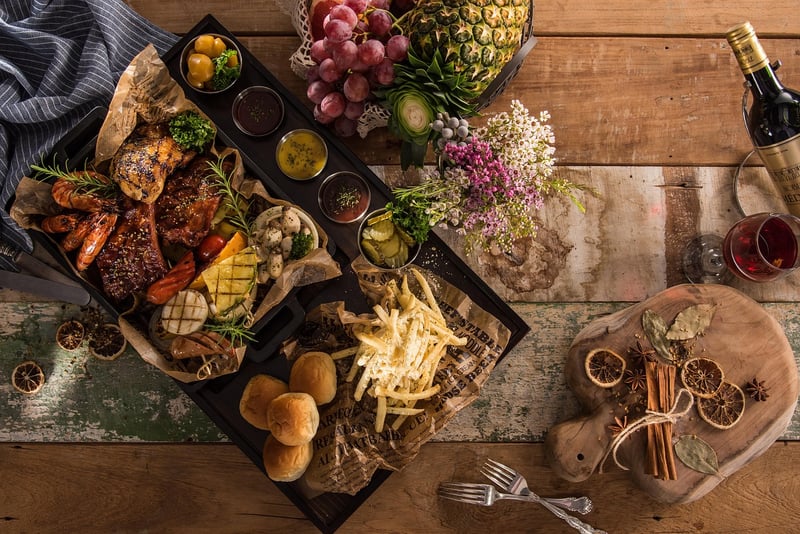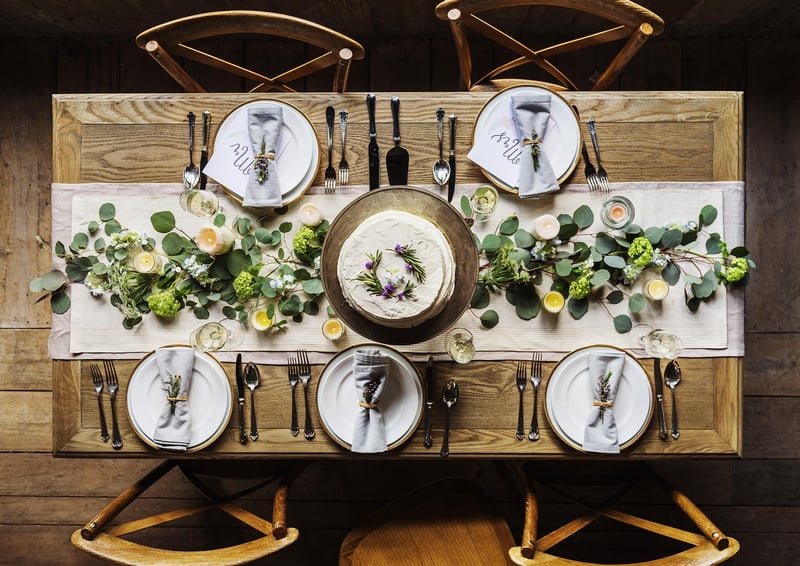Dining Etiquette
Exploring Culinary Diversity and Dining Etiquette
When it comes to food, the world is a treasure trove of diverse flavors, ingredients, and culinary traditions. Exploring different cuisines not only tantalizes your taste buds but also opens a window to the rich tapestry of cultures around the globe. Whether you are a seasoned foodie or just starting your culinary journey, understanding dining etiquette can enhance your dining experiences and show respect for the customs of various regions. Let's delve into the colorful world of culinary diversity and dining etiquette!
Culinary Diversity
Food is a universal language that transcends borders and connects people from all walks of life. Each culture has its own unique culinary heritage shaped by history, geography, and local ingredients. From spicy curries in India to delicate sushi in Japan, the world's cuisines offer a symphony of flavors and textures waiting to be explored.
Key Ingredients from Around the World
- Spices from India: India is known for its vibrant spices like turmeric, cumin, and cardamom that add depth and complexity to its dishes.
- Cheeses from France: France is famous for its diverse range of cheeses, from creamy Camembert to sharp Roquefort.
- Seafood from Japan: Japan's coastal waters offer an abundance of fresh seafood, including sushi-grade tuna and succulent eel.
Traditional Dishes to Try
Expand your culinary horizons by tasting these iconic dishes:
- Pasta Carbonara (Italy): Indulge in a creamy pasta dish made with eggs, cheese, pancetta, and black pepper.
- Tacos al Pastor (Mexico): Savor marinated pork cooked on a spit and served with pineapple and cilantro in a warm tortilla.
- Moussaka (Greece): Enjoy layers of eggplant, minced meat, and béchamel sauce baked to perfection.
Dining Etiquette
Respecting dining customs is essential when partaking in a meal in a different culture. Understanding basic dining etiquette not only shows your appreciation for the food but also helps you navigate the dining experience with ease.
Universal Dining Etiquette Tips
- Utensil Usage: In Western cultures, the fork is typically held in the left hand and the knife in the right while cutting food.
- Chopstick Etiquette: In Asian cultures, never leave your chopsticks sticking upright in a bowl of rice, as it is considered bad luck.
- Toasting Customs: When clinking glasses for a toast, maintain eye contact and show respect to the person being toasted.
By embracing culinary diversity and learning dining etiquette, you can embark on a gastronomic journey that not only satisfies your palate but also broadens your cultural understanding. So, gather your chopsticks, pack your appetite, and get ready to savor the world, one bite at a time!


